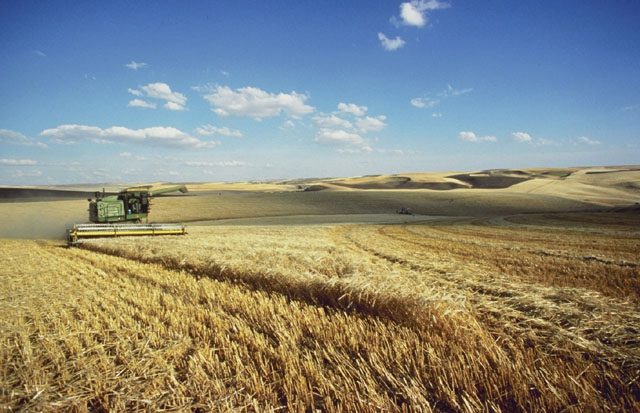

Increased availability of satellite imagery provides many producers with more opportunities to acquire and use valuable up-to-date imagery, and online data processing has removed many of the boundaries and obstacles to quick turnaround times for use. In addition, digital airborne cameras are also becoming more prevalent, enabling producers with opportunities to quickly acquire highly localised image related products and services at competitive costs.
GNSS use is also growing due to the fact that the technology can be embedded into a wide variety of agricultural machinery and field technologies. Furthermore, GNSS equipped technologies for field are allowing producers to directly link field captured notes, prescriptions, observations and other valuable information into their precision management program databases.
Because GNSS and remote sensing information has increased the resolution at which crop models, water management, fertiliser planning, disease and even machinery physical properties related to tillage and other operations, this has resulted in increased knowledge about the field.
The level of detail at which producers can ‘know about’ their fields and operations is narrowed down, often within meters or less. As clarity increases and knowledge about field operations grows, the capability to introduce risk management practices also increases. More-up-date information, for example, about soil moisture, crop growth stage and disease related activity as provided through remote sensing, provides valuable insight about the future – and any mitigation action that needs to be taken immediately or later planned for.
Research work in the Philippines is aiming to introduce remote sensing to local producers in the hope of educating and preparing these producers to avoid conflicts related to weather and climate change as they pursue agricultural production.
As Senator Edgardo J. Angara of Manila says, “Competitive agriculture means efficiently growing high value crops, using remote sensing to anticipate heavy rains or drought, understanding the effects of climate change and pollution on productivity, and having an integrated view of the logistics of produce delivery to the market.”